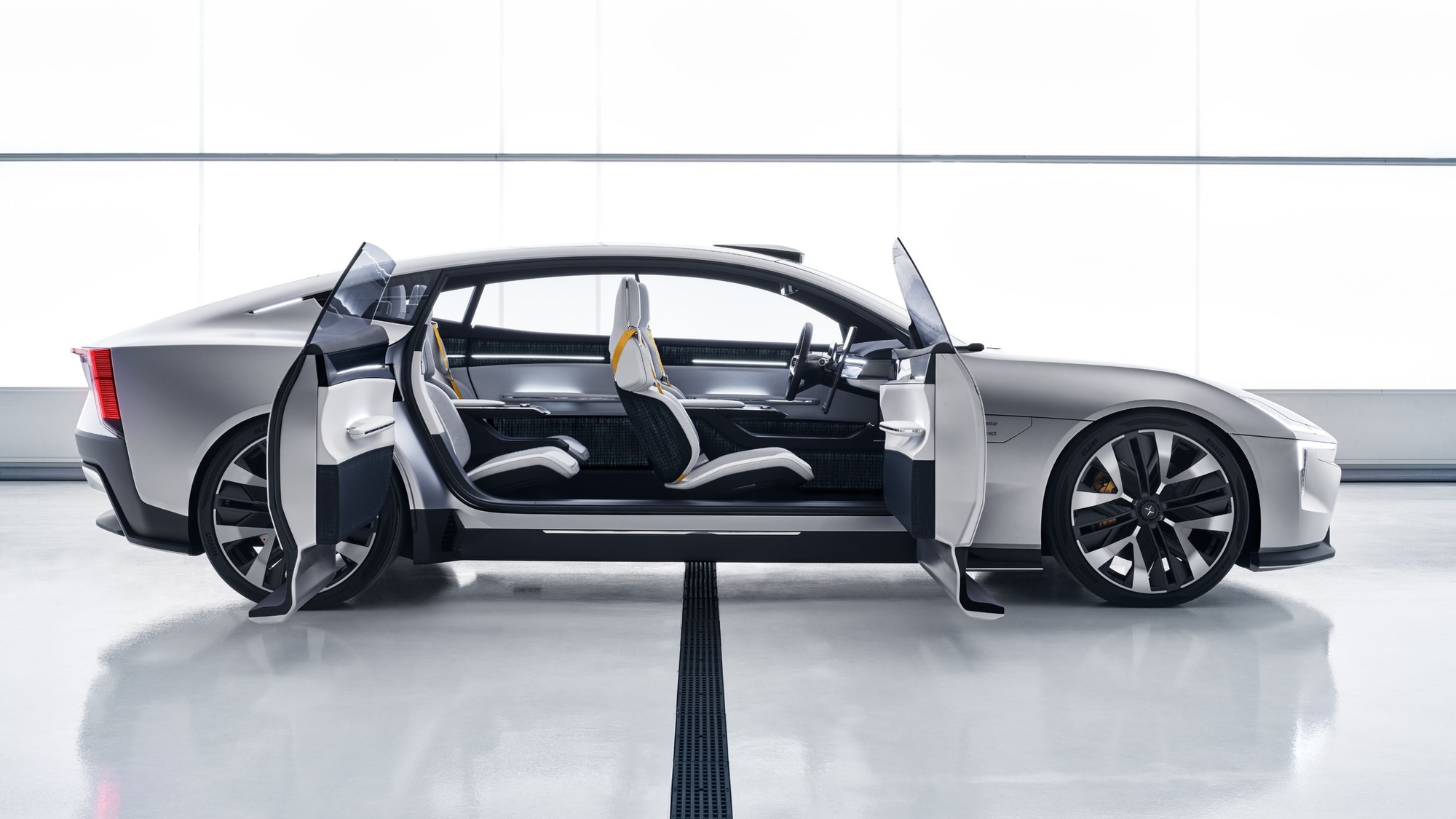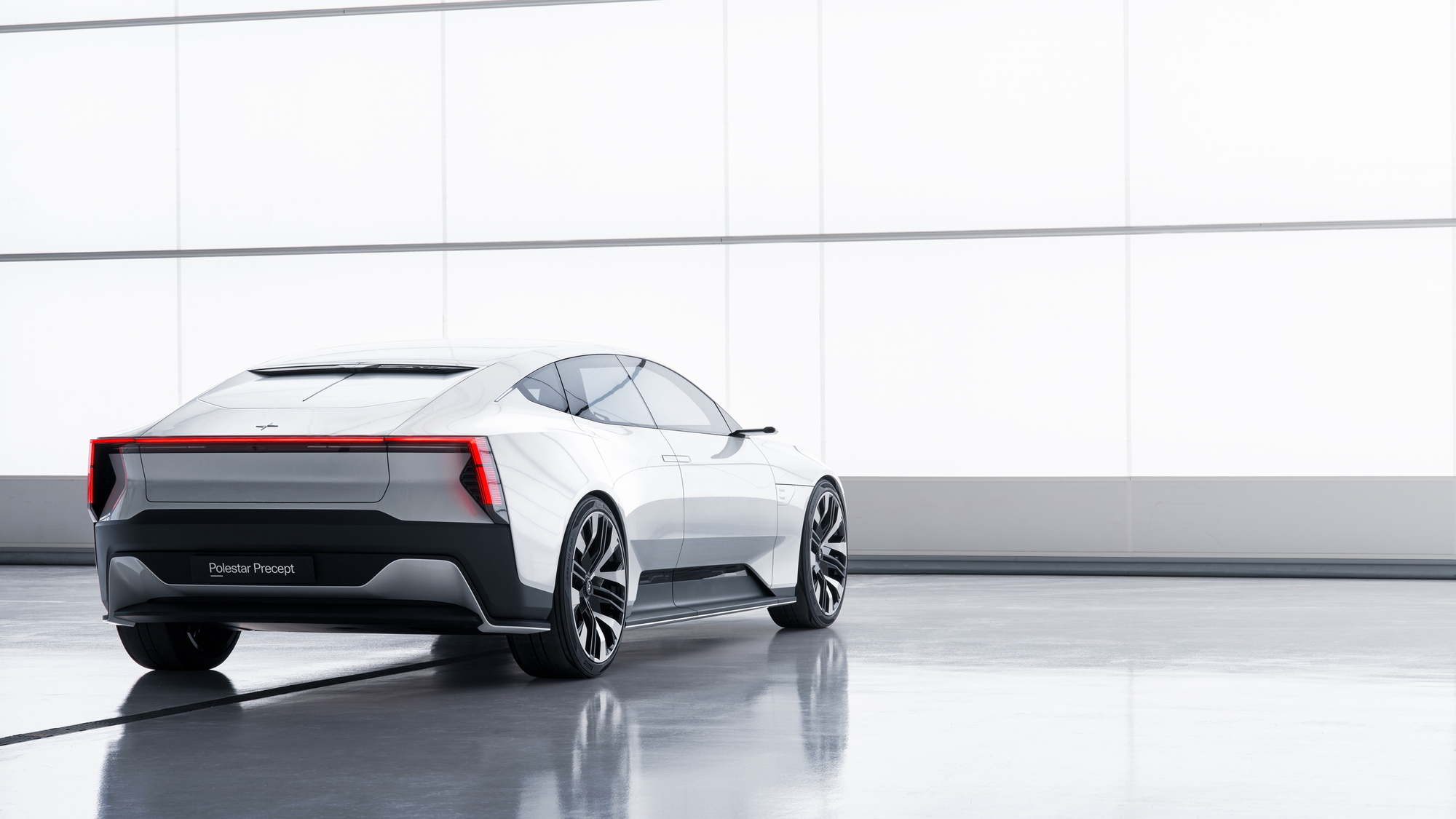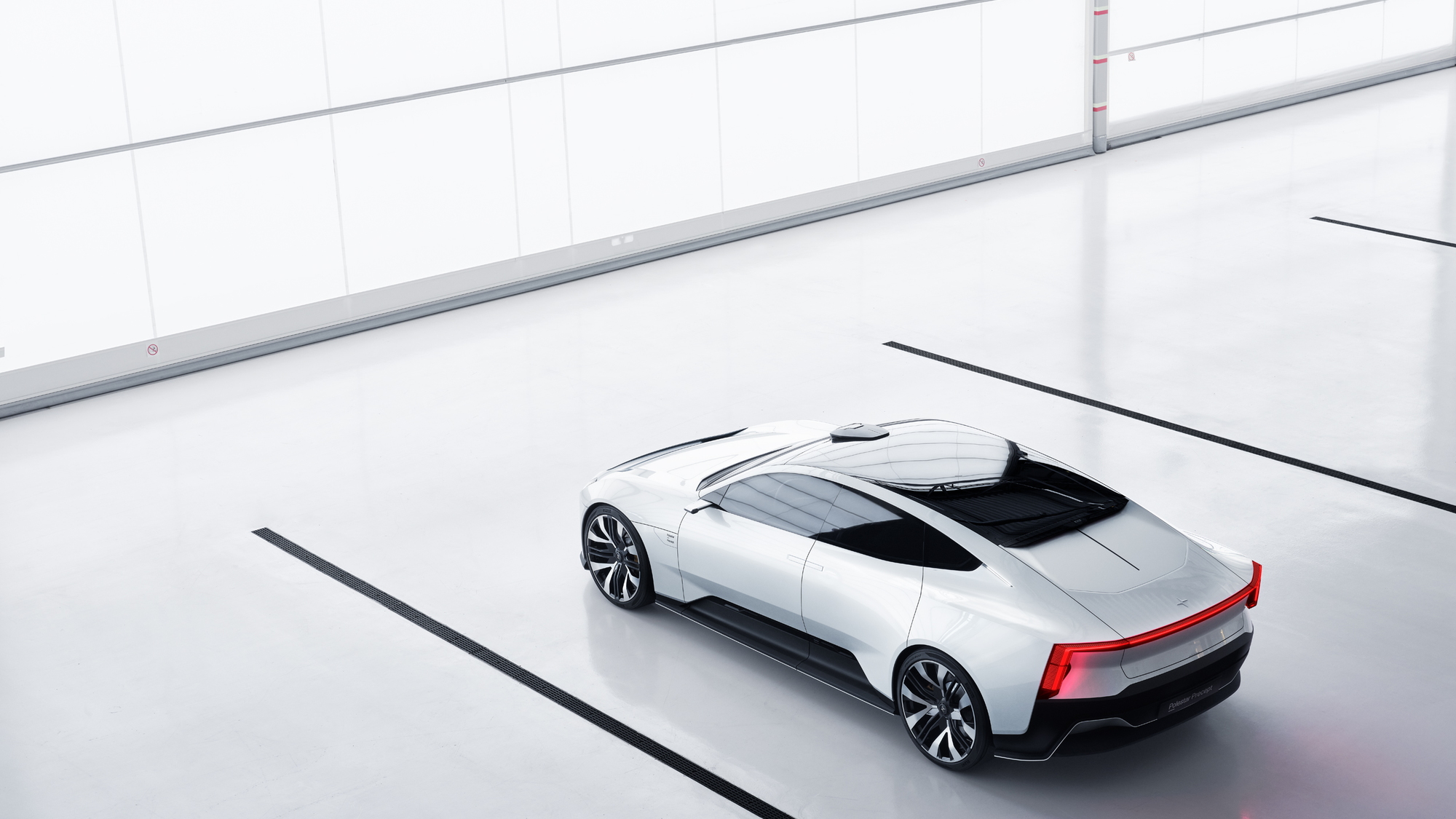Polestar's relationship with Volvo is unmistakable. The fledgling brand has spun off from the Chinese-owned, Swedish luxury automaker and its first two products started as Volvo concepts. Now, Polestar is signaling its way forward with the Precept concept, which debuted in February.
On Tuesday, Polestar released more details of the Precept electric car. The company says it chose that name because it's defined as "a manifesto of things to come; a declaration." Merriam-Webster defines precept as "a command or principle intended especially as a general rule of action." Either way, the name literally means the car shows what's to come.
Polestar says the Precept showcases the three pillars of the brand: sustainability, digital technology, and design.
With regard to sustainability, the Precept uses recycled materials, including plastic bottles, fishing nets, and wine cork, for many of the interior materials. Recycled plastic bottles created the seats and headliner. The carpeting is woven from Nylon 6, which is used to make fishing nets. Wine cork is converted into a vinyl used for the seat bolsters and headrests.
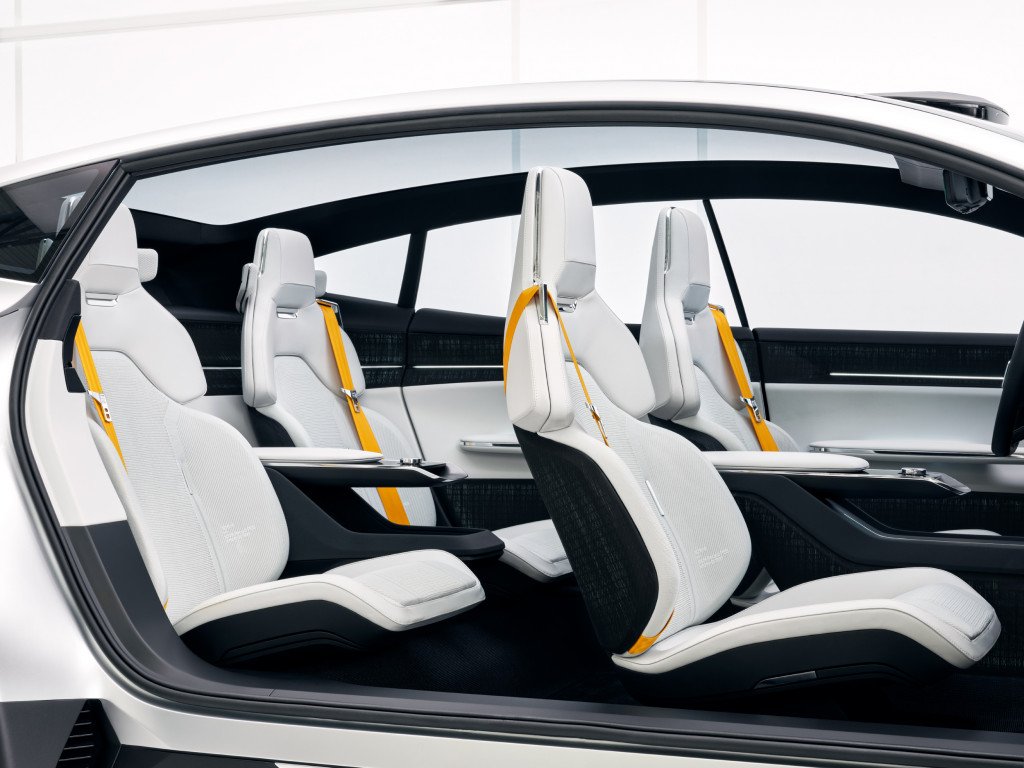
Polestar Precept concept
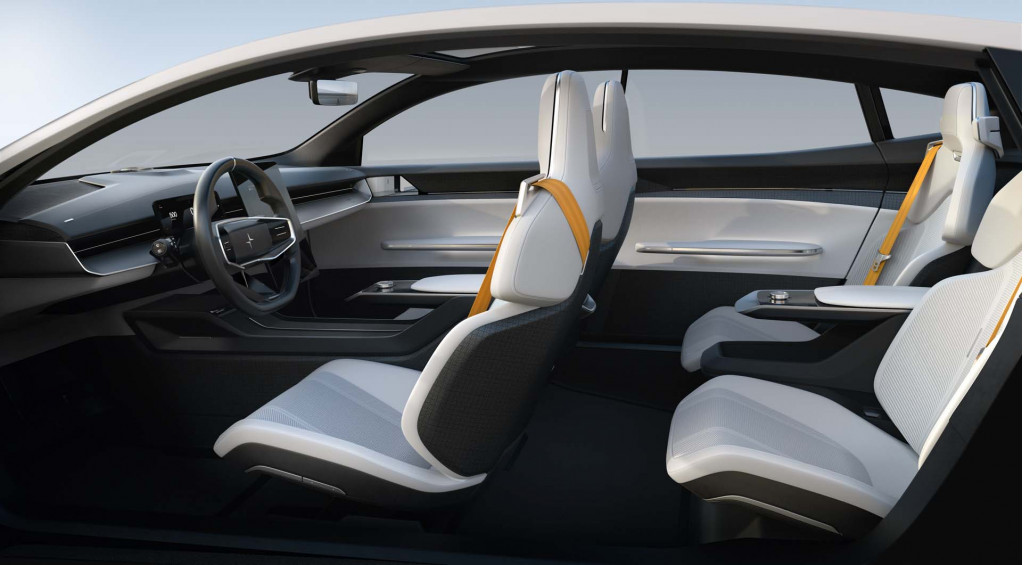
Polestar Precept concept
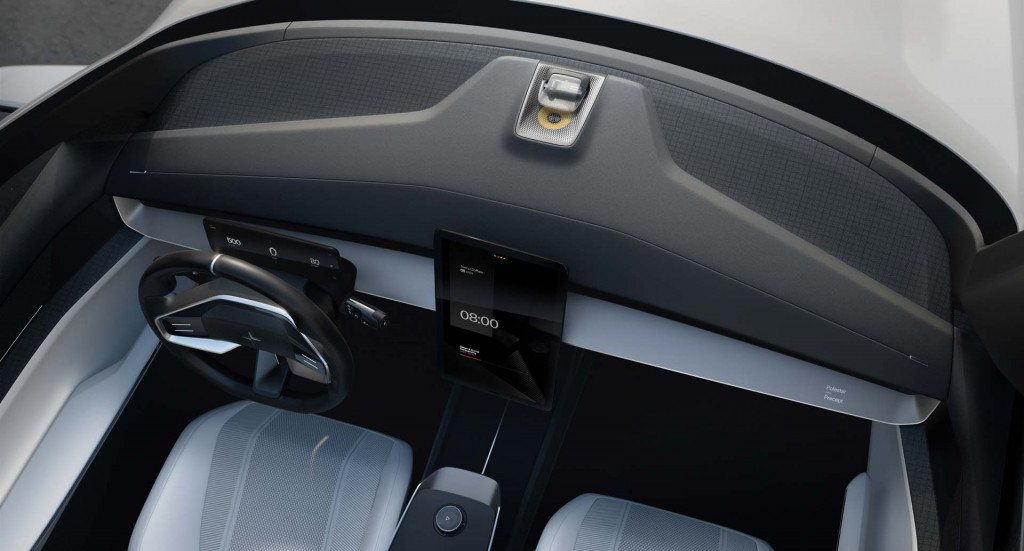
Polestar Precept concept
Other interior materials are made from a flax-based material called ampliTex from a supplier called Bcomp. The material is strengthened by ribs inspired by leaf veins, and Polestar says it reduces the weight of the panels by 50% and reduces vibrations by 250%. In all, the interior materials reduce the use of plastic by 80% and mean the interior is animal-free.
The interior is also the focus of the Precept's digital technology. The cabin features a 9.0-inch digital driver information center and a 15-inch vertically mounted center touchscreen. The touchscreen has proximity sensors that adjust both brightness and what information is shown based on hand placement. The screen can also deliver personalized content in concert with the Polestar Digital Key, which is a code stored on the owner's smartphone. Developed in partnership with Google, it the next generation of an Android-based system that will soon make its debut in the Polestar 2.
The 9.0-inch IP screen has eye-tracking monitors that make the content smaller and more complex when the driver is looking at it and larger, brighter, and more sparse when the driver is looking at the road.
Google Maps uses data from the driver-assistance features for improved safety. Polestar is opening up the system to third-party developers to create useful apps. Nothing with a video component will be available in drive, however, only in park or when charging.

Polestar Precept concept
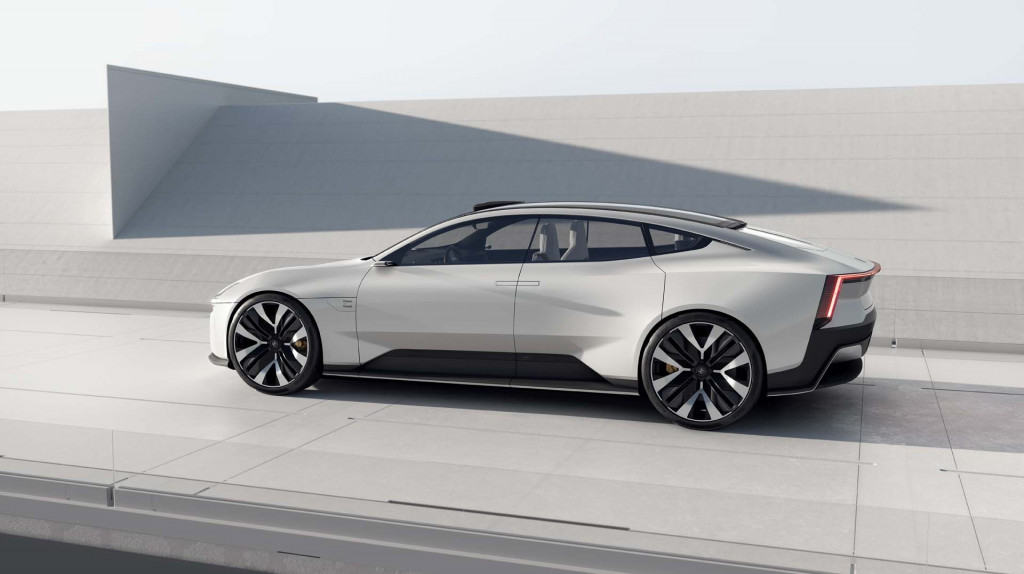
Polestar Precept concept
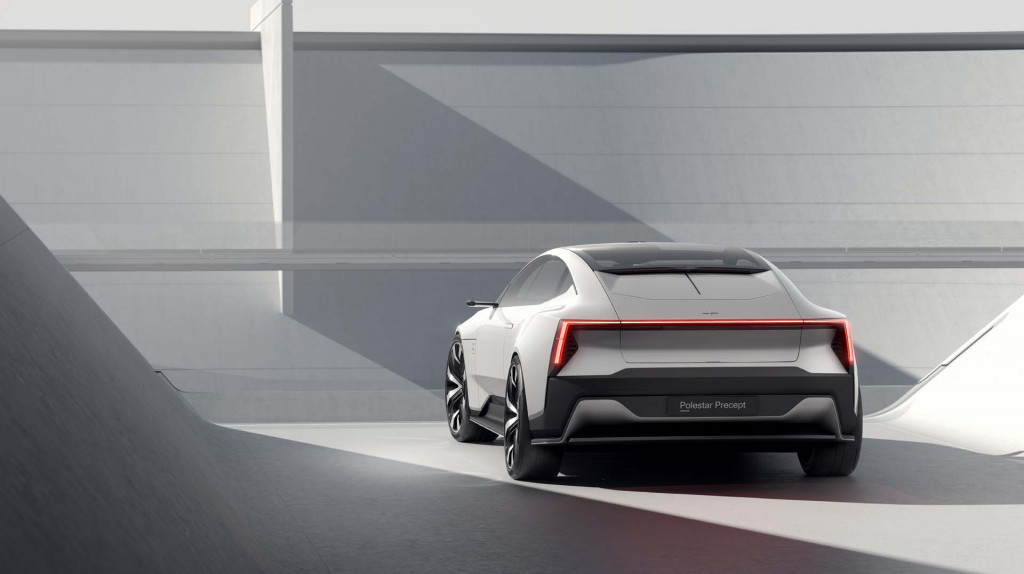
Polestar Precept concept
We have a deeper breakdown of the design thanks to an interview with the lead designer Max Missoni, but some design features define the car and Polestar's future design language. The front of the car has no grille. Instead it has many of the driver-assistance sensors and hardware planted in the nose. Another driver-assistance technology, a Lidar system, is positioned at the front of the roof. The nose features a new headlight design that plays off Volvo's Thor's hammer design, but splits it for a different look that is still linked to the mothership. The headlights and taillights are used in welcome and farewell light sequences.
Despite the Precept's futuristic mission, the design also uses traditional lines. The Precept is a large car, with a 122.4-inch wheelbase that is just 2.2 inches shy of a Mercedes-Benz S-Class sedan. It has the flared fenders and fastback shape of a grand touring car, and its 22-inch wheels give it a performance flavor. The front splitter, side sills, and rear valence use the same flax-based material as the interior. For aero considerations, it has flush door handles, aero inserts in the wheels, vertical rear air blades, a wing on the hood, and air ducts behind the front wheels that contribute to a more laminar flow of air around the car.
We don't expect Polestar to build the Precept. However, its sustainability, digital technology, and design features should be the jumping off point for the brand moving forward.

